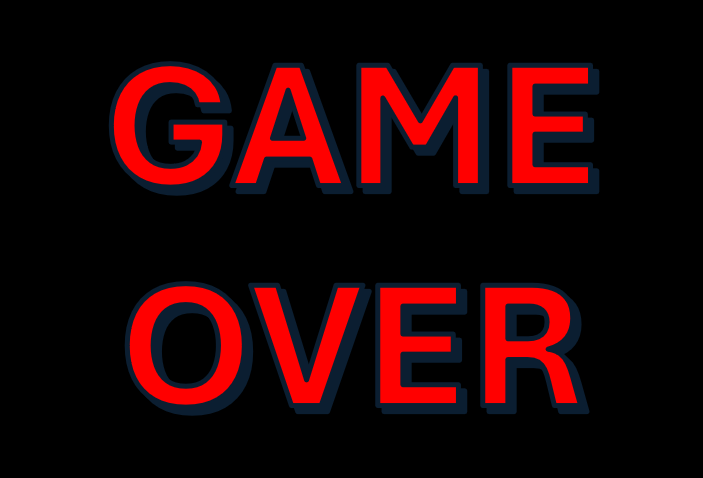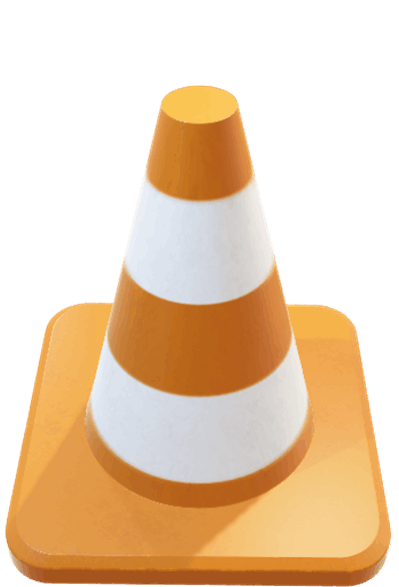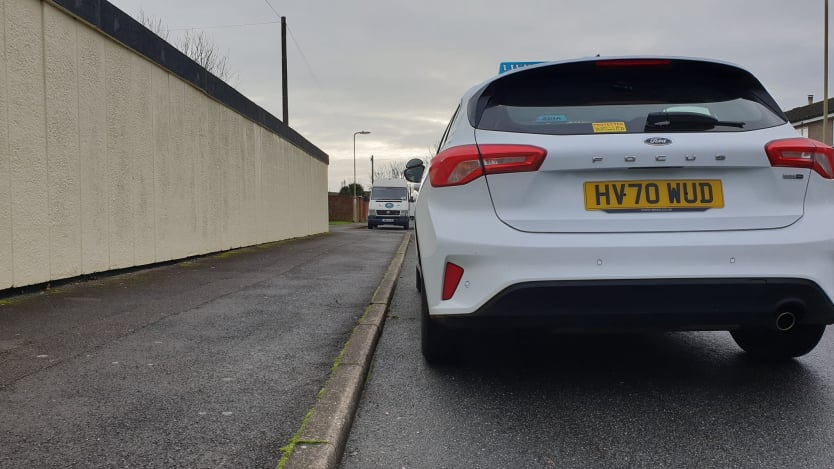
AIM AT WHAT YOU WANT TO HIT!
This sounds absolutely crazy when you read it out at first, but read on and you'll understand why we teach it. If you don't adopt this method then it may mean Game Over!

This sounds absolutely crazy when you read it out at first, but read on and you'll understand why we teach it. If you don't adopt this method then it may mean Game Over!
If you were asked to drive your car in and out of the cones and you ended up hitting one of them, it is highly likely you hit it because you looked at it!





If you look at the cones you'll probably hit them.
Look at a Kerb when you're pulling in alongside the kerb and you'll probably hit the kerb.
Look at a parked car when you're trying to overtake it and you'll probably either hit it or end up extremely close to it as you pass it.
WE RESOLVE THIS BY:-
Don't look at the cones, look at the gap in between the cones that's where you want the car to go!
Don't look at the kerb when you're pulling in, look ahead. slow your speed and gradually allow the car to move toward the kerb whilst lining up your possibly with other parked cars ahead of you, or by using your door mirror to see how close the car is to the kerb. Always remembering that you'll be looking at the rear wheel and that will get to the kerb later than the front wheel which is steering you toward the kerb.
Don't look at the parked car that you're trying to overtake, look at the space in front of the parked car. This will make you naturally move out toward the centre line of your lane allowing you to see further down the road and see any oncoming vehicles early. It will also allow your brain to make the decision whether to stop or not based on the available space. But most importantly it should allow you to give much more clearance when passing the parked car.
In the early stage of driving, learners tend to just look at the car in front of them, or literally at the bit of road just in front of their car.
This in turn will lead to steering issues and a lack of awareness of everything else around them.
What needs to happen is that you "lift your eyes" so that you begin to not only scan the road right in front of your car but also up and down the road ahead of you. By constantly scanning up and down the road, you will be supplying your brain an image of what's coming and allow you to prepare in advance of it.
If you find when driving you are constantly correcting your steering, it is highly likely you are not looking far enough ahead and are only giving your brain enough information to deal with everything instantly ahead of you, by looking further ahead you give your brain lots more information and your steering should sort itself out. If you are still having problems with your steering, try loosening your grip of the steering wheel. It may just be that you are holding the steering wheel so tightly that it reacts to every tiny movement from your arms. A car with good tracking and wheel balancing will naturally want to drive in a straight line if you let go of the steering wheel, so let it steer straight and just apply light pressure to the direction you want the car to go and it will do it for you.